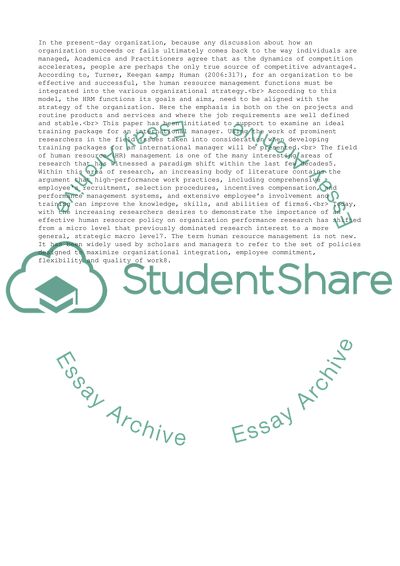Cite this document
(“The Development of International Managers Assignment”, n.d.)
The Development of International Managers Assignment. Retrieved from https://studentshare.org/management/1512846-international-human-resource-management-essay
The Development of International Managers Assignment. Retrieved from https://studentshare.org/management/1512846-international-human-resource-management-essay
(The Development of International Managers Assignment)
The Development of International Managers Assignment. https://studentshare.org/management/1512846-international-human-resource-management-essay.
The Development of International Managers Assignment. https://studentshare.org/management/1512846-international-human-resource-management-essay.
“The Development of International Managers Assignment”, n.d. https://studentshare.org/management/1512846-international-human-resource-management-essay.


